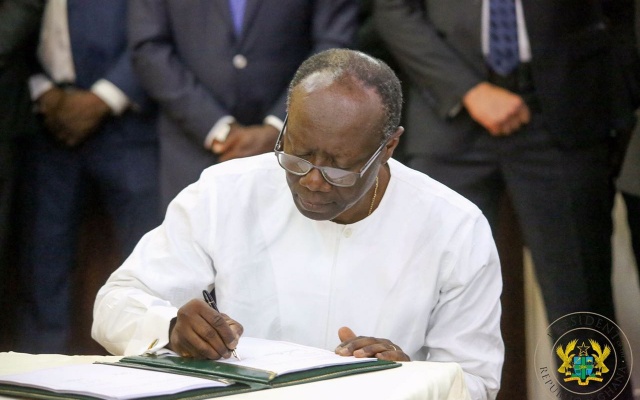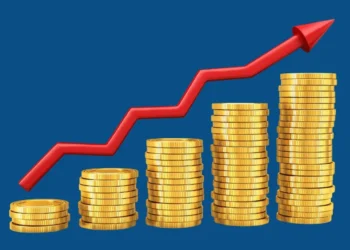Ghana’s private sector credit growth slowed to 6.8 per cent at end-June 2021, reflecting a 7.4 percentage point decrease compared to June 2020 (14.2%).
In fact, this phenomenon of a sluggish private sector credit growth has remained so, all throughout the first half of the year. This reflects banks’ continued aversion due to the uncertainties associated with the COVID-19 pandemic and constrained demand.
The impact of the coronavirus pandemic shrank net credit to the private sector by a significant margin last year, from 23.8 percent in 2019 to 5.8 percent in December 2020. Meanwhile, the possibilities of returning to 2019 growth figures look bleak in the near-to-medium-term as the delta variant of the COVID-19 virus threatens to derail progress made in resuscitating businesses and improving economic activity.
This poses major constraints to businesses as expansion activities and business development plans do not get the needed investments. Tied to this development is the slowdown in the potential for job creation that could be realized from credits offered to businesses for business growth and development activities.
Commenting on the developments in the banks’ credit to the private sector, Minister of Finance, Ken Ofori-Atta indicated: “Developments in private sector credit broadly indicate a sluggish pace of growth, largely reflecting increased bank aversion to the uncertainties associated with the COVID-19 pandemic and constrained demand.”
In comparison to the nominal growth figures in the first quarter of 2021, private sector credit growth increased by 2.0 percentage points from 4.8 per cent. However, in real terms private sector credit contracted marginally by 1.0 percent compared with a growth of 2.7 per cent recorded over the same period in 2020.
Nominal credit growth and near-term projection
As of June 2021, credit growth remained sluggish due to the pandemic, with Net Advances increasing by only 5.5 per cent to GHS41.1 billion. Despite the sluggish growth in Net Advances, the COVID-related regulatory reliefs and policy measures continued to support new lending activities in the banking sector. That said, New Advances amounted to GHS16.0 billion for the first half of 2021, compared to GHS15.8 billion for the same period in 2020.
All the while, banks’ subscription of Government of Ghana securities remain elevated. This has in turn contributed to the low growth of credit to the private sector. On that account, banks’ growing sovereign debt holdings crowds out credit to the private sector thus, discouraging credit to the private sector.
This notwithstanding, credit to the private sector is forecast to increase marginally, completing the year with a growth of 8.6 per cent, while also averaging 7.9 per cent between 2019 and 2022, according to International Monetary Fund (IMF) projections.
Also, real credit to the private sector is expected to expand in tandem with the gradual recovery of the economy, as the real sectors of the economy show increased resilience.
Credit to the private sector is projected to grow by 2.6 percent, in real terms, by the end of the year. This shows an improvement of more than the 0.2 percentage point recorded in 2020.
However, in line with the recovery process, real credit to the private sector is expected to remain strong over the medium-term.
READ ALSO: Current account deficit to remain stable in the medium-term



















